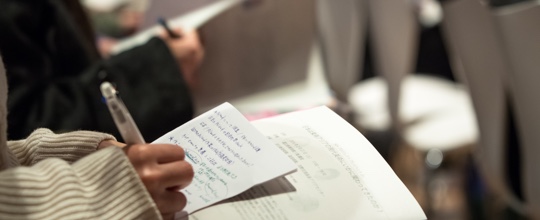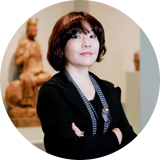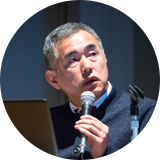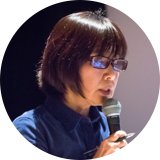SEA PROJECT Symposium
How has Japan Engaged with Contemporary Art in Southeast Asia? Panel Discussion and Q&A (1/4)
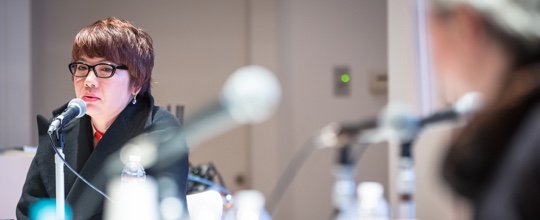
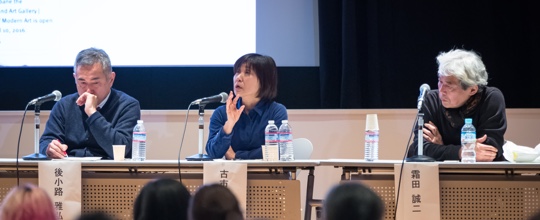
This symposium has been held in the firm concerns that, with a large Southeast Asian exhibition scheduled for 2017, it is necessary to revisit Japan’s engagements in Southeast Asia in the field of contemporary art. We will continue to organize this exhibition fully taking into consideration the past accumulated knowledge and insights shared in today’s discussion.
To overview the state of art in Southeast Asia very briefly, the National Gallery Singapore opened in November 2015, and with permanent exhibitions and large-scale exhibitions focusing on Southeast Asian art, momentum is gradually building from the institutional level in the arts of the Asian region. Ms. Furuichi discussed how Japan and Australia took a leading role in looking at Southeast and greater Asia during the 1990s, and with that in mind, I would like to think further about the significances of their engagements and how, from there, we can currently situate Japan in relation to other countries in Asia.
Prof. Ushiroshoji, you are one the very first curators to dive into Asian art and have also mentioned several times of Asian and Southeast Asian art exhibition being hosted by Japan. What are your thoughts on their meanings, and could you also share with us the difficulties, if any, you faced while organizing such exhibitions?
I was a curator for 25 years, and a great deal has changed over that period, so I’m afraid it is difficult to summarize in a sentence. But in the 1990s, when we were building off of prior work and preparing for the opening of the Fukuoka Asian Art Museum, Japan was a rich country and it was oftentimes criticized for using its own abundant financial resources to hold exhibitions solely for Japanese audiences. Criticisms of this kind were regular back then; the Japan Foundation’s symposiums also dealt with such topics. However, it must be said that these were Japanese municipalities and governmental bodies organizing exhibitions, so it was inevitable for them to use Japanese money for Japanese audiences. But I constantly asked myself, “is this really ok?” If there were a wrong dimension to this, it would be the structure itself where Japan alone had the means and relationships to pursue such a methodology. In other words, if each country were able to organize and hold exhibitions in their own countries and for their own people, it would be less of a problem. Japan simply stood out. But it was crucial [for curators such as myself] to be aware and reflect on that fact.
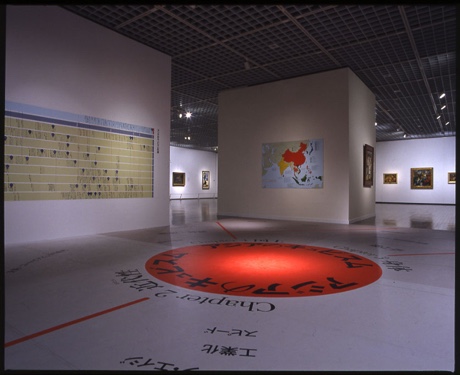
After the Cubism in Asia: Unbounded Dialogues held in 2005, South Korea and Singapore succeeded the relationships built and organized Realism in Asian Art in 2010. Japan did not participate in this exhibition, and I asked why this was the case when I visited Korea and it turned out that no one in Japan raised their hand to join in. I think that was when I felt Japan’s presence weakening. Singapore’s new national gallery, too, I think exemplifies the fact that the situation has become quite different from when Japan single-handedly controlled the hegemony in the 1990s. It is extremely difficult for municipalities to organize traveling exhibitions overseas so it is very meaningful to collaborate with foreign bodies on an exhibition――something that was largely made possible by the Japan Foundation’s engagements――but I feel that we are no longer on par with foreign bodies.
I would like to pose the same question to Ms. Furuichi. You have worked on the majority of the Japan Foundation’s Asian exhibitions, and I realized again that you had strategically incorporated advocacy planning into the structure of your projects. Including your own position, what changes have you observed over the past few decades in Japan’s role in the arts?
First of all, I think it is important for the Japanese people, myself included, to not think of it in terms of “how Japan has engaged with so-and-so,” which, ironically, is the title of this symposium. The question, for me, was always how, through making exhibitions and working together, can the people in the arts in both Japan and other Asian countries ultimately get to know each other and achieve a collaborative relationship. I think it is undeniable that Japan is currently in a relatively weak position within Asia, and, considering this, I think that it is unwise to work [with the region] from a Japan-centric perspective. It is a little vague, but an ideal working environment, for me, would be for one another to simply suggest, “do you want to work on this [with us]?”
To Panel Discussion and Q&A (2/4)
